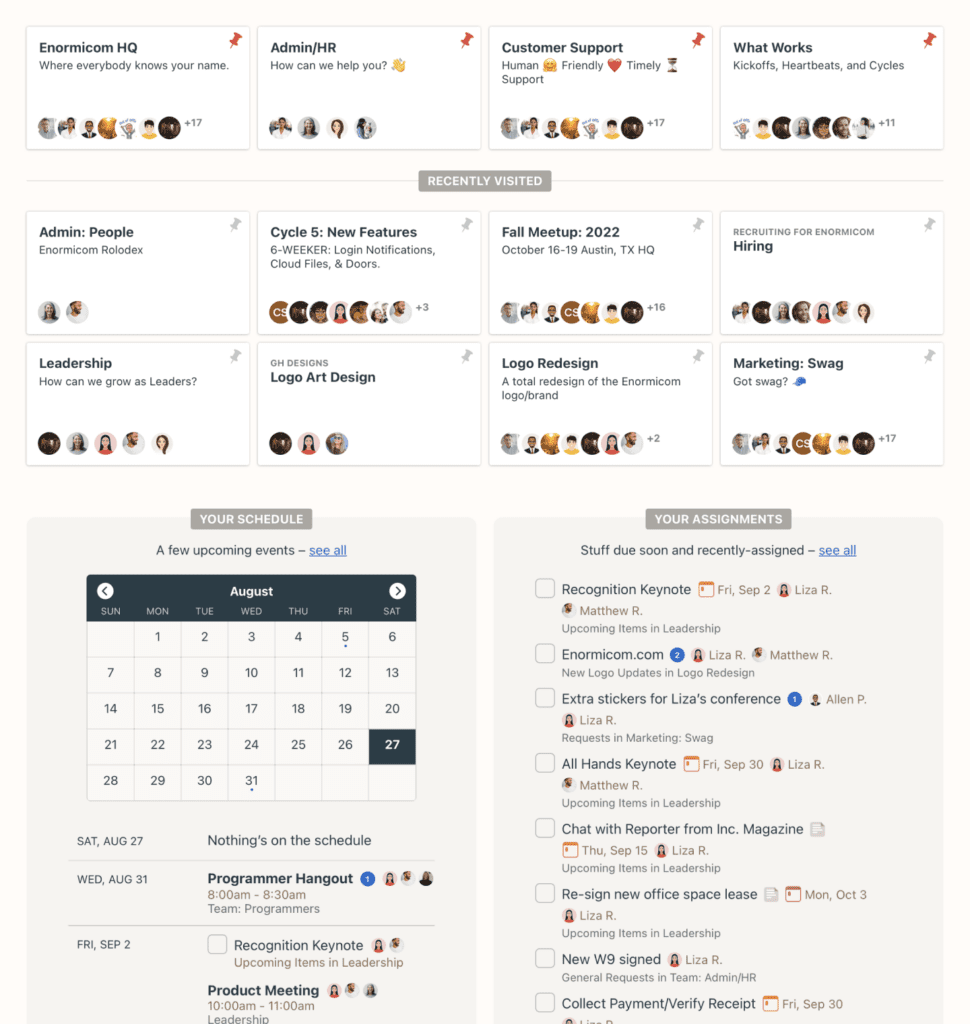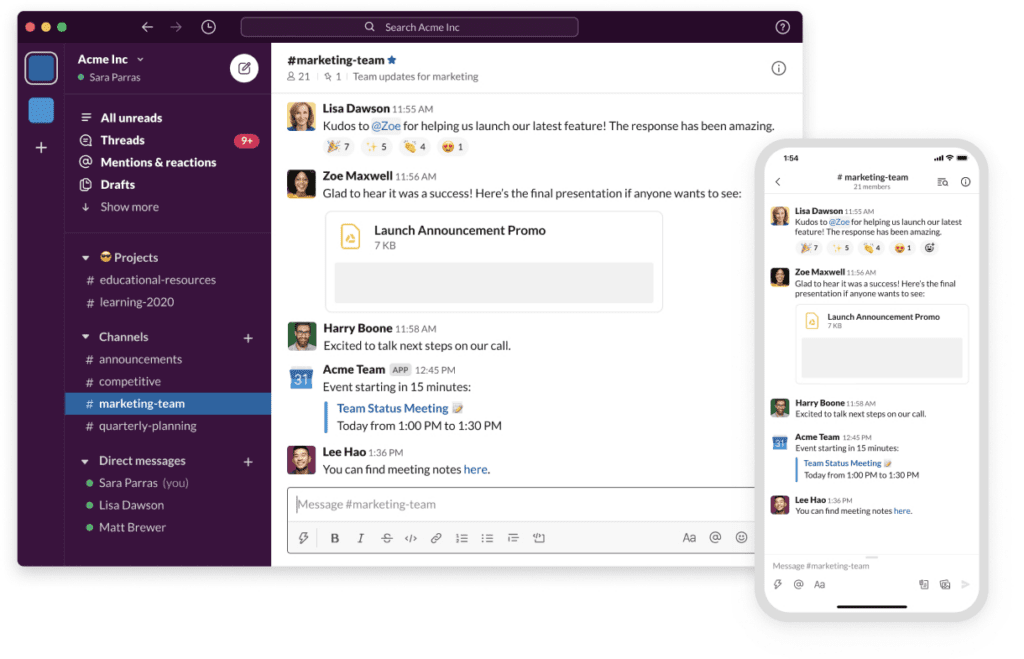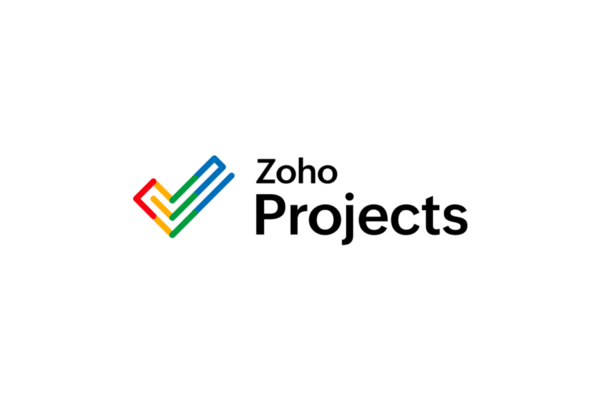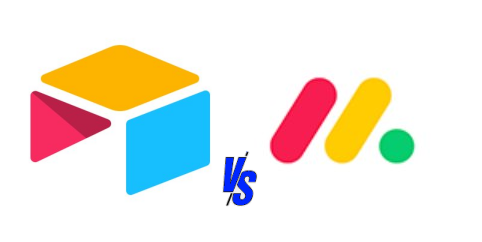Basecamp and Slack are two popular tools for managing projects. Basecamp is a project management and team communication tool, while Slack aims to be your whole-team chat room. While they differ in design and feature sets, you can use both to organize teams and communicate with team members.
Let’s compare these two project management tools to evaluate which one you need.
What Is Basecamp?

Basecamp, also called Basecamp Classic, is a project management tool designed for remote teams with real-time and asynchronous interactions. It’s equipped with unique features that make it an excellent choice for project managers. Many Basecamp reviews also give the project management software positive feedback because of its all-in-one features.
Read our complete Basecamp software review.
You’ll see all of your projects on your home page, and clicking on them will present an interface with message boards, to-dos, files, schedules for meetings and deadlines, chat via Campfire, and more. It also has many Basecamp integrations. It connects with other services such as Trello, Asana Premium, Google Docs/Drive, and more.
You can download Basecamp on Mac, Windows, iOS, Android, and the web.
What Is Slack

Slack is an instant communication tool for teams. You can have real-time conversations with members of your team or various groups within your company.
Slack is a team chat room, meaning you can use it to communicate with people outside of your organization and those who are part of it. Slack also makes it easy for managers and employees to share files and documents, making collaboration smooth and easy.
You can use Slack on Mac, Windows, iOS, Android, Linux, and the web.
Read our complete Slack software review.
Basecamp vs. Slack: Feature Comparison
Project management
Basecamp Classic is a project management tool with task management, schedule tracking, collaboration features, and file management. You can create projects, assign tasks to team members, which are then automatically added to their calendars, and collaborate through chats or message boards—all in one place.
Slack, on the other hand, is a robust instant messaging tool. It excels in organizing conversations but has no project management features related to task management and calendaring. There’s no way to quickly view which team members have been assigned a project unless you want to dig through all of your past messages. You can, however, connect Slack to other project management tools such as Trello, Wrike, monday work management, and many others using project management Slack apps.
When handling many projects, Slack also makes it challenging to track them all at once. Although switching between Slack groups is simple, Basecamp’s interface for multiple projects is more optimized.
Collaboration features
For Basecamp Classic and Slack, there’s an option to message someone or direct your message to the team privately.
Basecamp has a message board and Campfire for collaboration. You can use the Basecamp Message Board for discussions organized around specific topics and group these discussions according to categories. Basecamp Campfire, on the other hand, is your team chat. This is best to use for issues you need immediate feedback on.
Message Board and Campfire allow you to upload images and files, which can help make communication more effective.
As for Slack, you create channels to collect all discussions about a specific topic within them. To organize messages inside the channels, users may reply using Threads. Slack lets you send text or voice messages and upload any type of file for more accessible communication. Scheduled messages are also available. You can also do video and audio conversations with screen sharing.
Ease of use
The user interfaces of Basecamp and Slack are vastly different. But, even if you have team members and clients who aren’t tech-savvy, they can still find their way around Slack and Basecamp. The latter might just be a bit intimidating.
Slack’s interface piles channels and direct contacts on the left side while the majority of your screen is dedicated to messaging. Hovering over a message, a set of options will appear where you can choose to react with an emoji, reply in a thread, share a message, and more.
Threads are a series of responses to a specific message in Slack. They allow you to create a conversation around a topic without cluttering the entire channel.
Basecamp’s interface is minimalist as well. But because it handles more types of information, there may be a bit of a learning curve. Still, navigating the fundamental features can be done with ease. The presentation is straightforward.
Client management
You can add clients to your project spaces in both Basecamp and Slack. Basecamp indicates client accounts by retaining their company names. You can also control what they see by simply flipping a switch on your posts when you’re ready to share them.
Slack allows you to add your clients to your channels freely. However, they’re only treated as an additional member of the workspace. You have control over which channels they see, but there’s no way to manage visibility on a granular level.
File management
Slack is great for sharing files, but if you’re looking for a tool that can do more than just share files, Basecamp has you covered. It offers a robust file management tool that allows users to upload and download files from their accounts or other user accounts.
Basecamp and Slack (via Slack apps) have integrations with third-party tools like Dropbox, Google Drive, and Box. Your team can easily collaborate on documents in real time without email attachments or drive storage limits.
Integrations
Both Basecamp and Slack have many integrations with other tools. You can connect them to workflow automation, task management, accounting, communication, analytics, and more. Check out Basecamp’s list and Slack’s apps to find out more about adding integrations to your favorite tool.
Basecamp vs. Slack: Price
Basecamp is a paid service, but you can sign up for free using Basecamp Personal. For Basecamp Business, you get unlimited projects, 500GB of storage, priority customer support, unlimited integrations, and more for $11 per user in your organization. You can also add unlimited users if they’re not part of your organization.
Featured Partners: Project Management Software
If you’re interested in learning more about top-rated project management software, the editors at Project-Management.com actively recommend the following:





